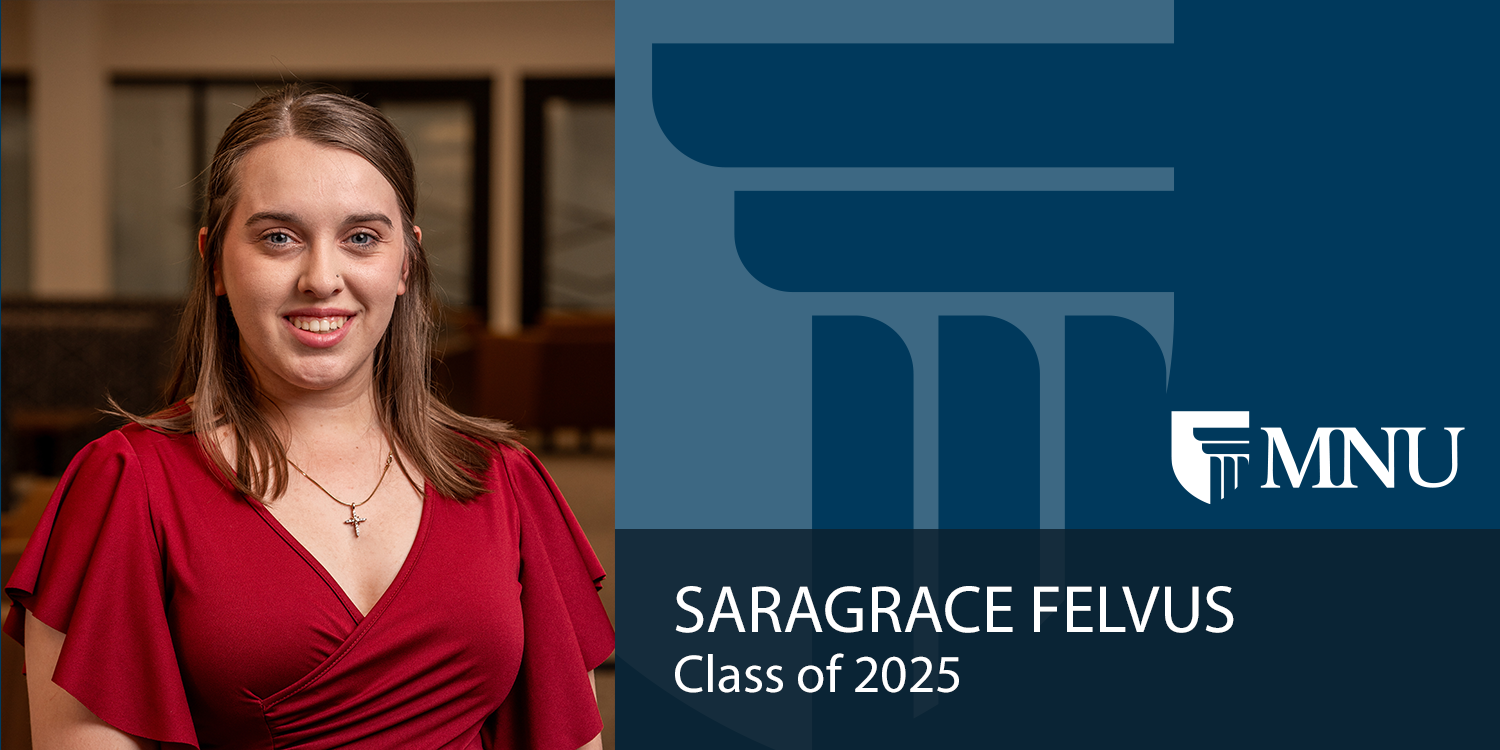
By Victoria Lotz
Senior physics and mathematics double-major Saragrace Felvus was one of eight students participating in a highly competitive Research Experience for Undergraduates (REU) program this past summer. Saragrace made a groundbreaking discovery in the Physics and Astronomy REU Program at Brigham Young University (BYU) while studying Delta Scuti Pulsating Variable Stars.
Delta Scuti Variable Stars repeatedly change their brightness every two to six hours. “Stars can be stable or variable, which makes research tricky,” Saragrace says. “If an astronomer uses a variable star instead of a stable star [in research], the entirety of their work could be unknowingly ruined.” Therefore, it’s important that astronomers catalog the variable stars.
“It is believed that I have found a new class of star that has been misclassified or undetected as of yet,” Saragrace shares. “This discovery has the potential to uproot or at minimum disturb the variable star research field because a large portion of classified stars would need to be reexamined.”
Saragrace worked with Dr. Eric Hintz, an astronomy professor and researching astronomer at BYU. He was very interested in Saragrace’s finding, rerouting her entire program for the summer so she could research more about her discovery. Due to the publishing process, there is not much she can disclose yet, but Saragrace is working on publication and presentation materials now, submitting her abstract summary to the American Astronomical Society for presentation at the next meeting. She hopes to have her work published sometime in December.
Her summer wasn’t all work. During her time at BYU, Saragrace lived in an apartment building less than half a mile from her lab and was able to explore the surrounding area almost every weekend.
“The program provided us a hike to a waterfall, a camping trip in a national park, game nights, lake trips and so much more,” she says. “We were able to go out when the workday was over, so [my friends] and I went to dinners and explored Provo frequently.”
Saragrace met many other research students and loved being surrounded by peers who were interested and fluent in the same subjects.
“The experience gave me a glance into what my life as a researcher would look like, and even in the short term, what my life as a graduate student would look like,” Saragrace says. “It solidified my desire to interject myself into astronomy and make my life’s work among the stars.”
Not only has it given her important and impressive experience, but it has also helped her make graduate school applications. Saragrace has her sights set on grad school for the fall of 2025.
Learn about MNU STEM areas of study at mnu.edu/undergraduate-stem-studies.